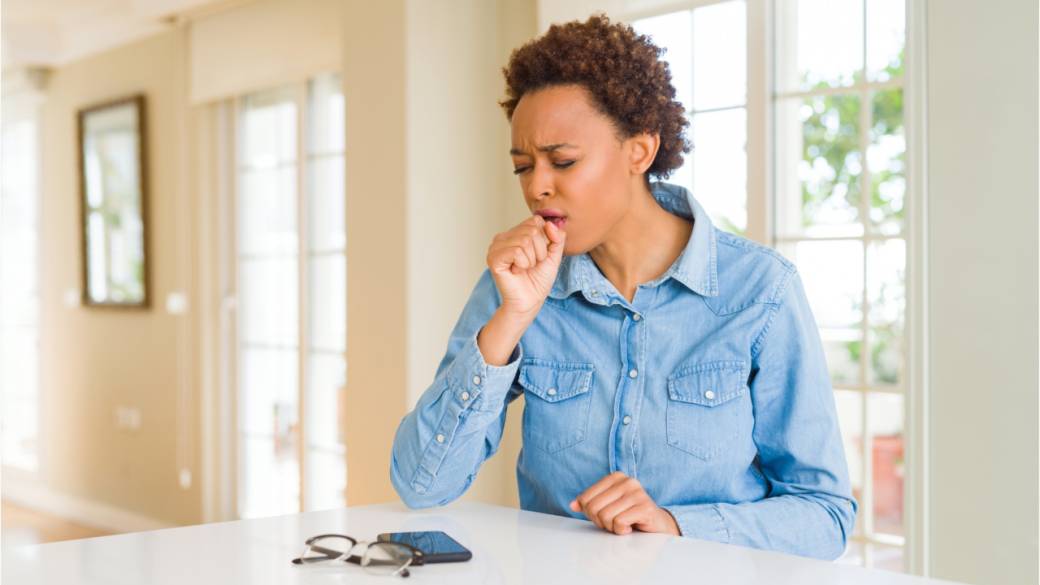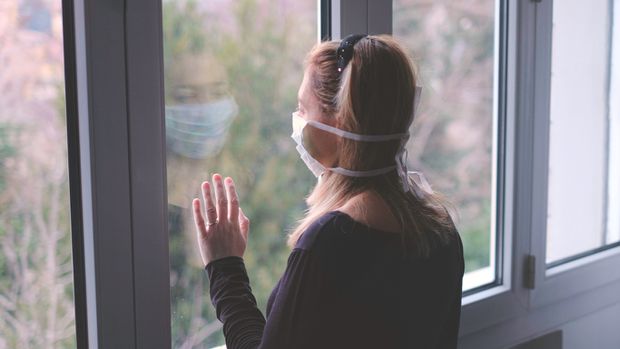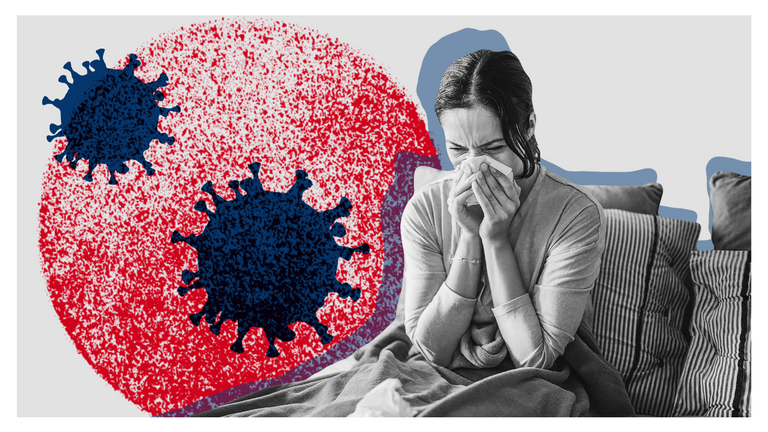
Even if you’re not sick, just stay home if you can or self-isolate. Being in large crowds or going out to restaurants pose unnecessary risks not just to yourself but to the people around you. The more you’re in public, the more chances the novel coronavirus must hitch a ride on your hands, clothes, or person.
Millions of people are very vulnerable to this virus. Putting yourself at risk also puts them at risk.
What is Self-Isolation?
Self-isolation is when you have been instructed to separate yourself from others, with the purpose of preventing the spread of the virus, including those within your home. If you are ill, you should be separated from others in your household to the greatest extent possible.
Even if you do not have symptoms, it is recommended to self-isolate for 14 days if:
- You have traveled anywhere outside or within the country with suspected cases.
- You live with, provided care for, or spent extensive time with someone who has
- Tested positive for COVID-19, OR is suspected to have COVID-19, OR who has respiratory symptoms (fever, cough, or shortness of breath) that started within 14 days of travel & return.
Self-Isolation as a Precaution

Do not take self-isolation as a punishment or boring, it is good for your health and for those in your family in the present scenario.
While on home isolation, do not go to work, school or other public places.
To reduce the spread of germs including the flu and the novel coronavirus (COVID-19) we recommend that you:
- Wash your hands often with soap and water, or use hand sanitizer
- Avoid touching your eyes, nose, and mouth unless you have just washed your hands with soap
- Cover your cough and sneeze with a tissue or into your arm, not your hand
- If possible, stay home if you are sick.
- Avoid visiting people in hospitals or long-term care centres if you are sick .
Preparing a Self- Isolation Room or Area
- Ensure that appropriate handwashing facilities and hand-hygiene supplies are available.
- Stock the sink area with suitable supplies for handwashing, and with alcohol-based hand rub, near the point of care and the room door.
- Ensure adequate room ventilation.
- Post signs on the door indicating that the space is an isolation area.
- Ensure that visitors consult the health-care worker in charge before being allowed into the isolation areas. Try to keep a record of all staff working in the isolation areas, for possible outbreak investigation and contact tracing.
- Remove all non-essential furniture and ensure that the remaining furniture is easy to clean and does not conceal or retain dirt or moisture within or around it.
- Stock the PPE (Personal Protective Equipment) supply and linen outside the isolation room or area (e.g. in the change room). Setup a trolley outside the door to hold PPE like towel, alcohol-based hand rub, Plain soap liquid etc.
- Use a touch-free bin. Ensure that used (i.e. dirty) bins remain inside the isolation rooms.
- Place a puncture-proof container for sharps disposal inside the isolation room or area.
- Keep the personal belongings to a minimum. Keep water pitchers and cups, tissue wipes, and all items necessary for attending to personal hygiene, within your reach.
- Place an appropriate container with a lid outside the door for equipment that requires disinfection or sterilization.
- Dedicate non-critical patient-care equipment (e.g. stethoscope, thermometer, blood pressure cuff and sphygmomanometer) in the room in case of emergency to the person in need, if possible. Thoroughly clean and disinfect patient-care equipment that is required for use by other patients before use.
- Keep adequate equipment required for cleaning or disinfection inside the isolation room or area and ensure scrupulous daily cleaning of the isolation room or area.
- Set up a telephone or other method of communication in the isolation room or area to enable communication with family and health-care workers. This may reduce the number of times the workers need to do PPE to enter the room or area.

Precautions to Take While Moving Out
- Remove the most contaminated PPE items first.
- Perform hand hygiene immediately after removing gloves
- Remove the mask or particulate respirator last (by grasping the ties and discarding in a rubbish bin)
- Discard disposable items in a closed rubbish bin.
- Put reusable items in a dry (e.g. without any disinfectant solution) closed container; an example of the order in which to take off PPE when all PPE items are needed is gloves (if the gown is disposable, gloves can be peeled off together with gown upon removal), hand hygiene, gown, eye protection, mask or respirator, and hand hygiene
- Perform hand hygiene with an alcohol-based hand rub (preferably) or soap and water whenever your hands touch contaminated PPE items.
What to Do While Practicing Self-Isolation?
Being in home isolation can be frightening, particularly for young children.
Tips for Coping.
- Talk to the other members of the family about COVID-19 to reduce anxiety.
- Reassure young children using age-appropriate language.
- Keep up a normal daily routine as much as possible:
- Arrange with your employer to work from home, if possible
- Ask your child’s school to supply lesson information and homework by email
- Think about how you have coped with difficult situations in the past and reassure yourself that you will cope with this situation too.
- Keep in touch with family members and friends via telephone, email or social media.
- Exercise regularly at home. Options could include exercise DVDs, dancing, floor exercises, yoga, walking around the backyard or using home exercise equipment, such as a stationary bicycle, if you have it. Exercise is a proven treatment for stress and depression.
- Ask your family, friends or other members of the household to pick up your groceries and medicines for you. If this is not possible, you may be able to order groceries and medicines (including prescription medicines) online or by telephone.
Remember that isolation won’t last for long.
Disclaimer
The Content is not intended to be a substitute for professional medical advice, diagnosis, or treatment. Always seek the advice of your physician or other qualified health provider with any questions you may have regarding a medical condition.